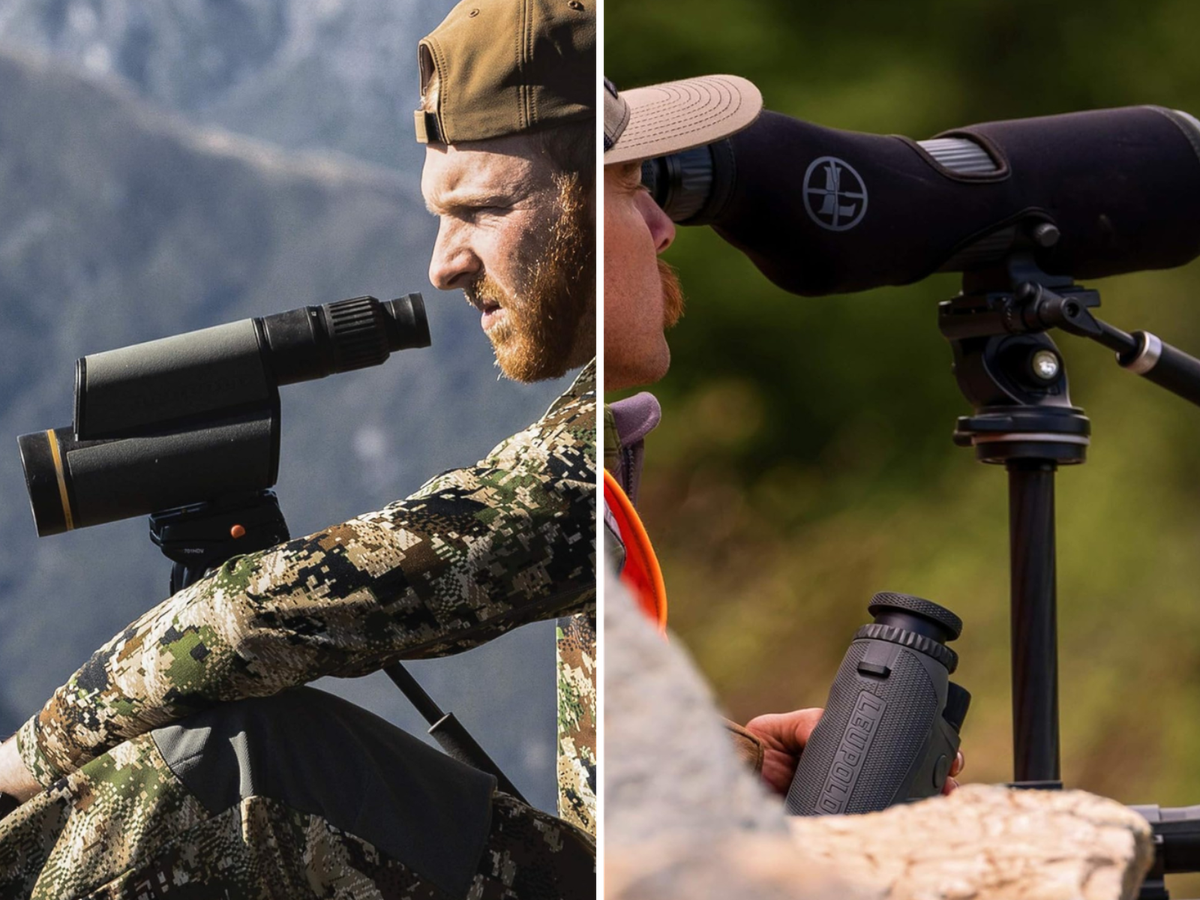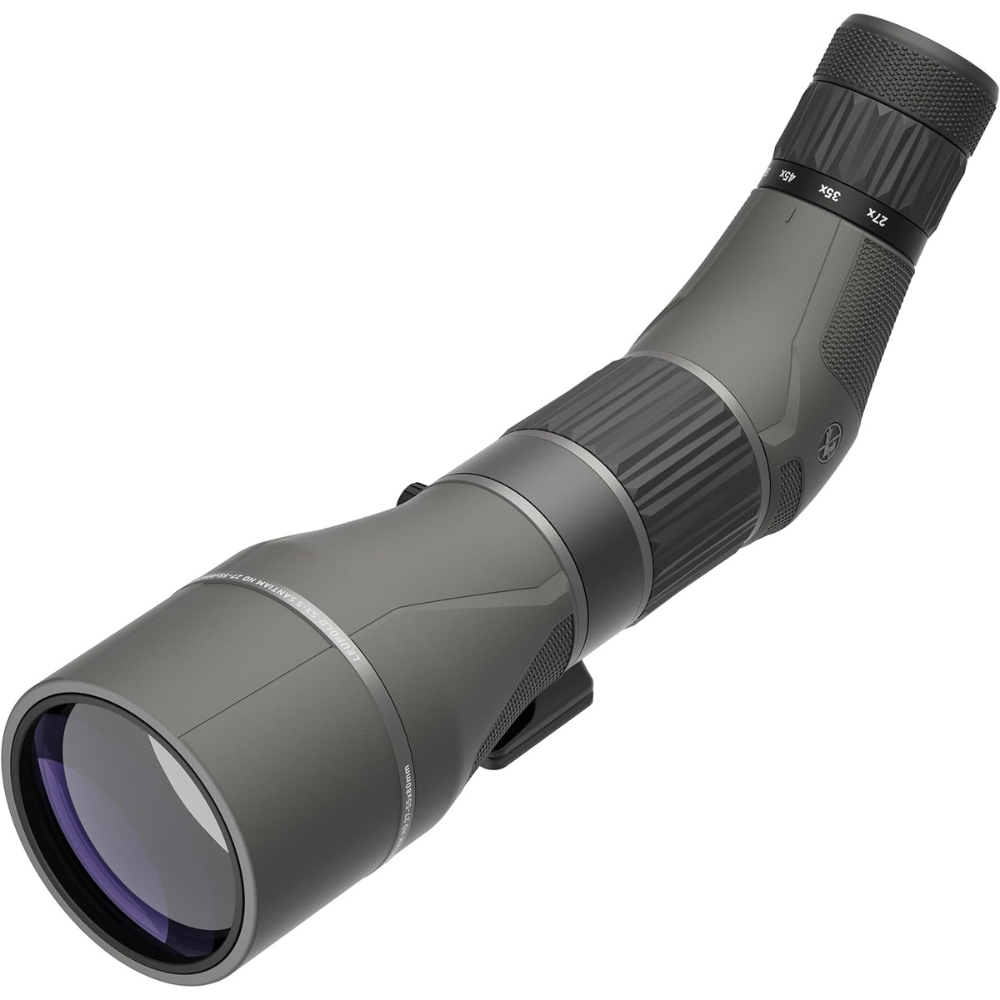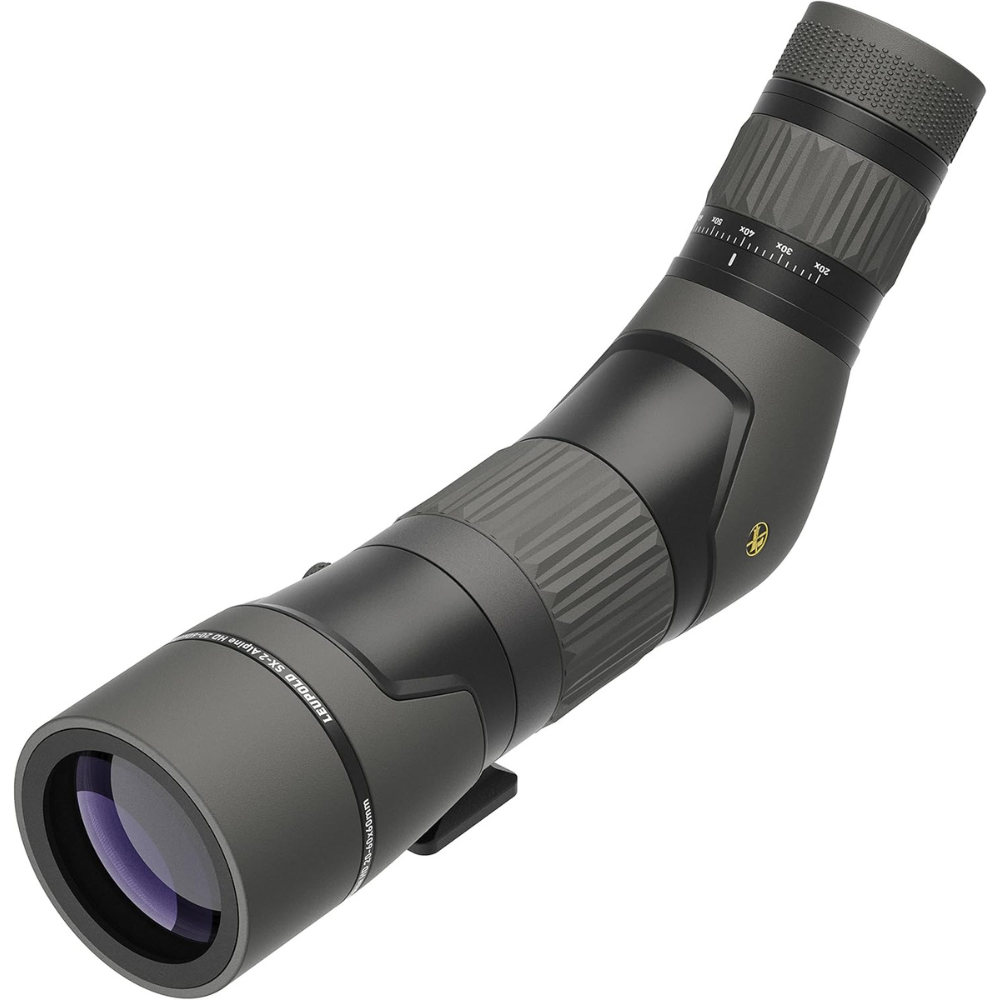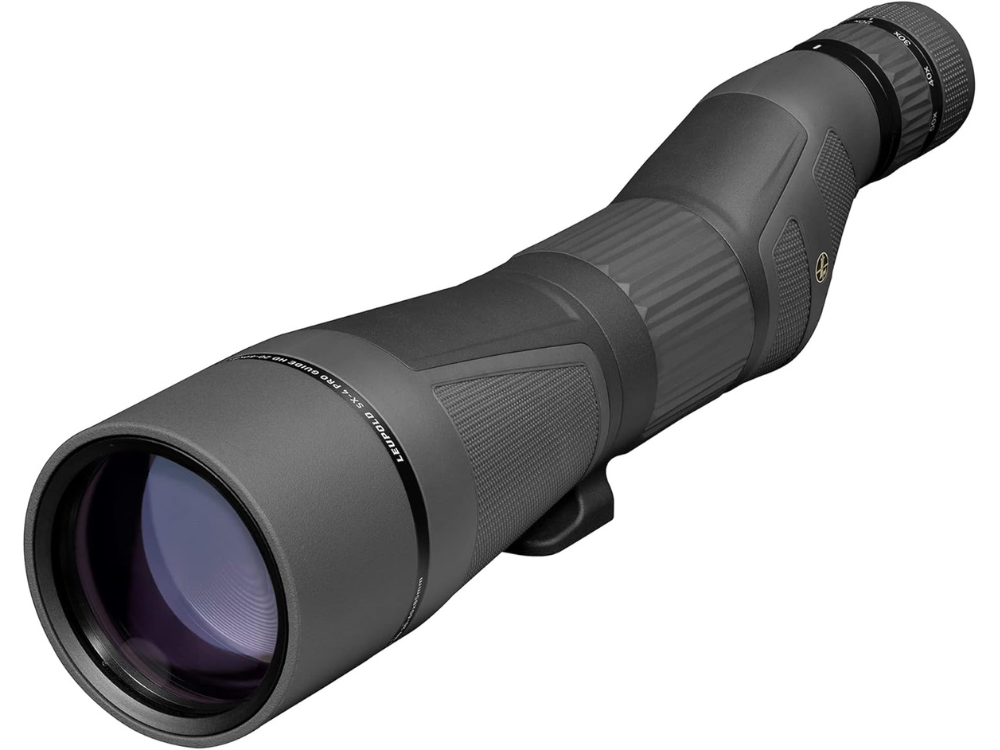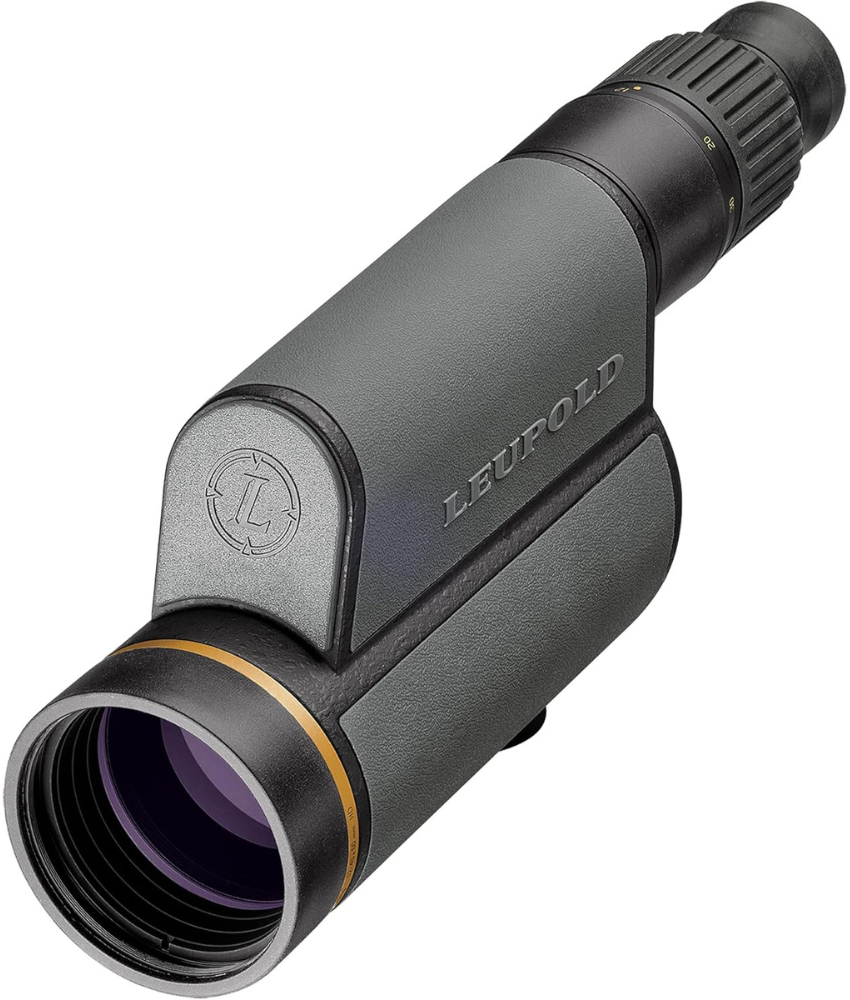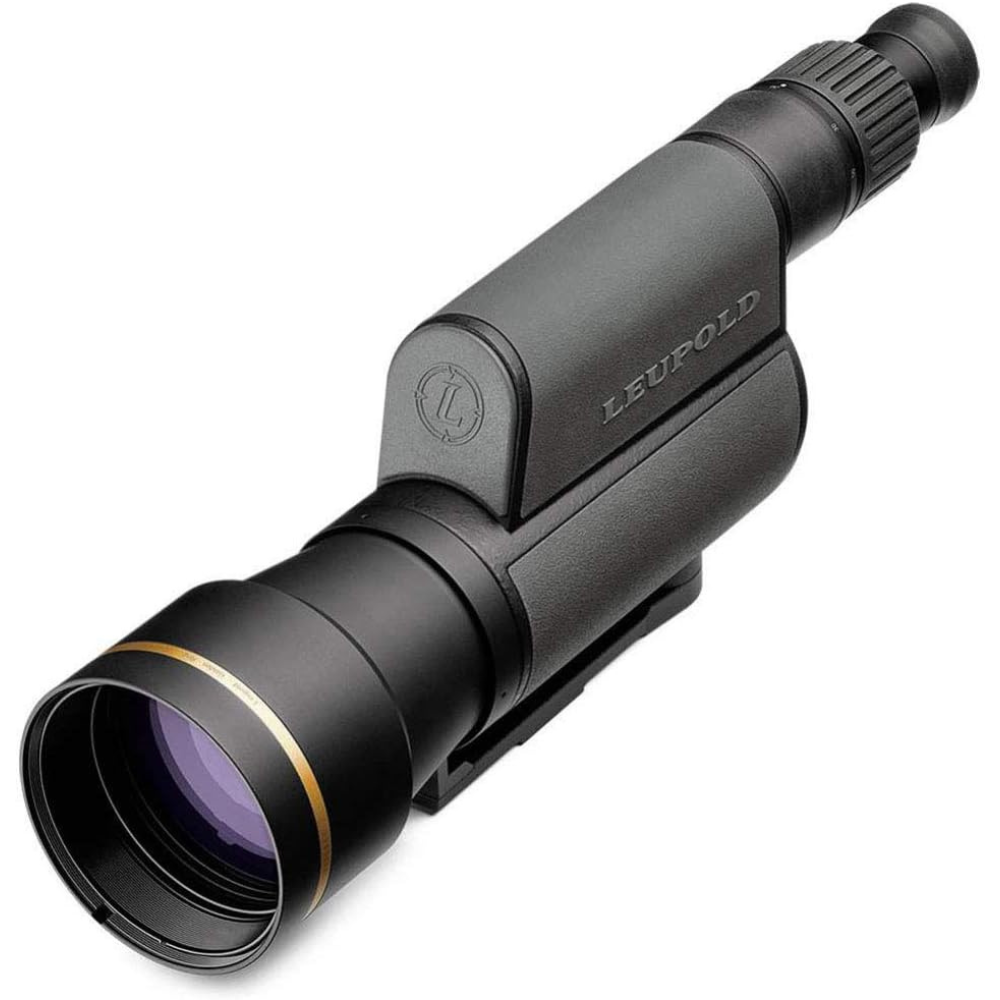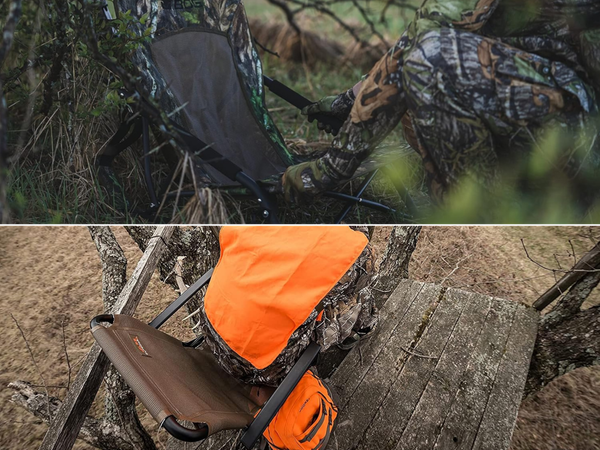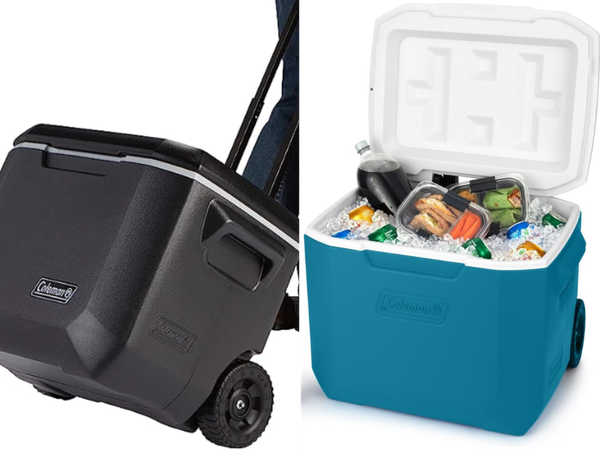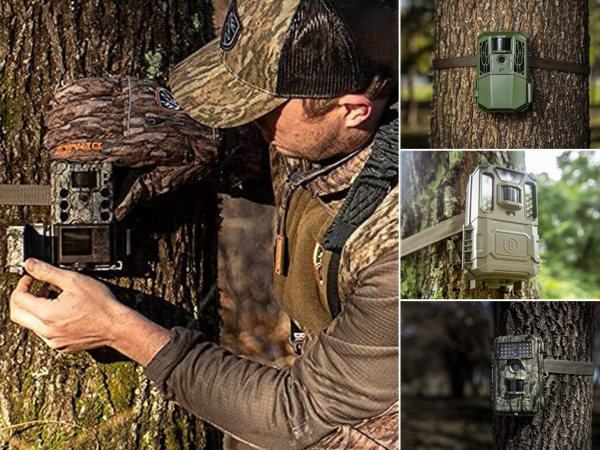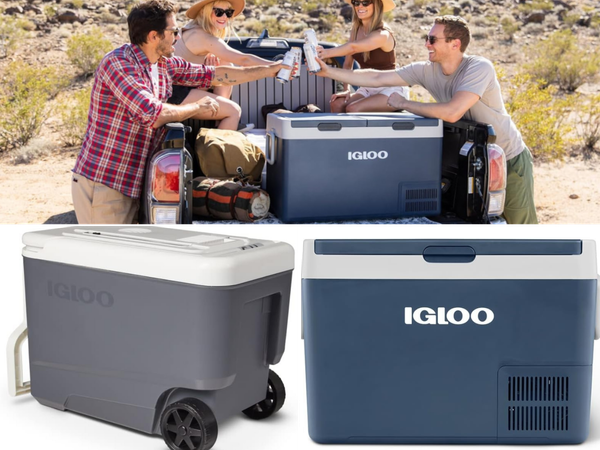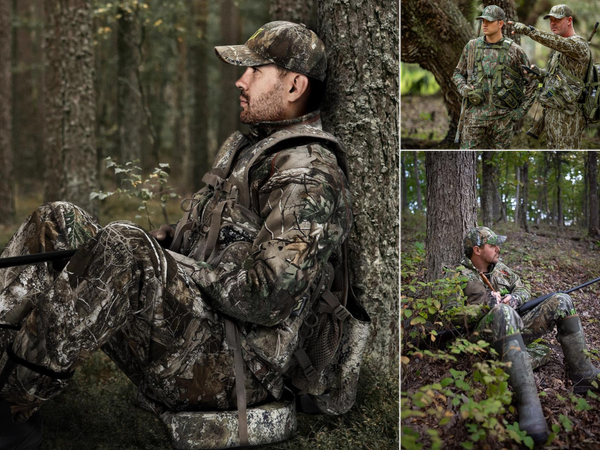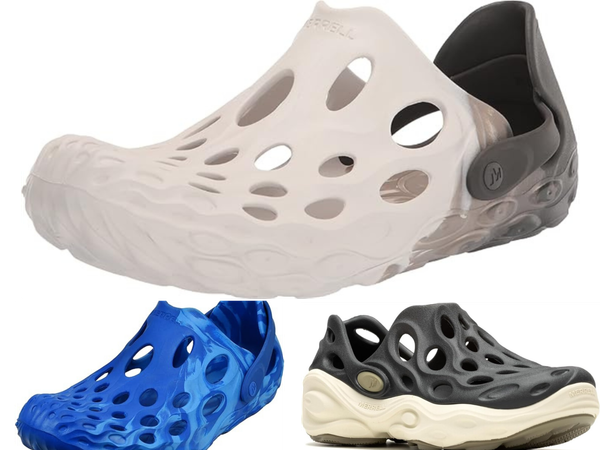Whether you're a seasoned wildlife enthusiast, a first-time hunter, or someone looking to explore the night sky, a spotting scope can be an incredible tool to enhance your experience. Combining power, precision, and portability, spotting scopes are like a bridge between binoculars and telescopes, offering clarity and detail that can take your pursuits to the next level. But what exactly are they, how do they work, and the best spotting scope for you? We're here to break it all down.
What Is a Spotting Scope?
A spotting scope is a compact telescope designed for terrestrial (and some celestial) viewing. Unlike binoculars, which use both eyes, you use one eye to view through a spotting scope, much like a traditional telescope. Spotting scopes offer higher magnification than binoculars—usually ranging from 15x to 60x—and deliver sharper, more detailed images.
They’ve become a go-to tool for many activities, especially those where clarity and magnification are essential. Think of it as the perfect companion when you want to pick out fine details that standard optics might miss.
Popular Uses for Spotting Scopes
Spotting scopes are versatile instruments that shine in a variety of outdoor and observational activities. Here are some common ways people use them:
1. Birdwatching
Birdwatchers love spotting scopes because they allow you to observe intricate feather patterns, behaviors, or markings from afar without disturbing the birds. Imagine spotting a rare species perched on a distant tree branch and being able to study it as if it were right in front of you.
2. Hunting
For hunters, spotting scopes are essential for scouting game across wide, open areas. Their high magnification helps determine the age, size, and type of the animal you’re tracking. Whether you're glassing for elk in the mountains or scanning fields for deer, a spotting scope ensures you don’t miss anything.
3. Stargazing
While traditionally used for land-based observation, spotting scopes also work well for casual stargazing. For beginners, they offer an excellent way to view the moon's craters or even planets without the complexity of operating a full-sized telescope.
4. Target Shooting
Target shooters rely on spotting scopes to check their accuracy downrange. Instead of walking back and forth to examine your grouping, you can spot your hits—or misses—clearly from the shooting bench.
5. Nature Observation
From watching grizzly bears roam in the wild to observing marine life from a safe distance on the coast, a spotting scope brings you closer to nature, making it a must-have for adventurers and outdoor photographers.
Key Features to Look For in a Spotting Scope
Choosing a spotting scope isn’t just about picking the most powerful one. To ensure you get the right scope for your needs, here are the key features to consider:
1. Magnification
Spotting scopes typically offer zoom lenses ranging between 15x and 60x. Higher magnification might sound appealing, but keep in mind that you'll need a steady hand (or a tripod) and good lighting to make the most of it. Choose a magnification range that suits your activity—birdwatchers may need less magnification compared to long-distance hunters.
2. Objective Lens Size
The objective lens, measured in millimeters, determines how much light your scope collects. A larger lens (e.g., 60mm–80mm) provides brighter, clearer images, especially in low-light conditions, but can make the scope heavier and bulkier.
3. Lens Coatings
High-quality lenses come with coatings that reduce glare and improve image sharpness. Look for terms like "fully multi-coated," as these lenses provide the best light transmission and image clarity.
4. Straight vs. Angled Design
Spotting scopes come in two main designs—straight and angled. A straight scope is great for people who’ll be observing objects at a similar height as their own, like during target shooting. Angled scopes, on the other hand, are easier to use when viewing things higher up, such as birds in trees or celestial objects.
5. Durability
Outdoor use can be tough on equipment, so opt for a spotting scope that's weatherproof, fog-proof, and shockproof. Many models come with rubberized armor for added protection.
6. Portability
If you’re planning to carry your spotting scope for long hikes, weight is a major factor to consider. Fortunately, some lightweight models offer excellent optical quality without weighing you down.
Tips for Getting the Most Out of Your Spotting Scope
A spotting scope is a significant investment, so you’ll want to make sure you’re using it to its full potential. Here are some practical tips:
- Always Use a Tripod: Even the steadiest hands struggle with high magnifications. A sturdy tripod minimizes vibrations and ensures you get a clear, stable image.
- Protect Your Investment: Keep your scope in a protective case, and always wipe the lenses with a proper cleaning cloth to avoid scratches.
- Choose the Right Location: Heat waves or atmospheric distortion can blur your view, especially at higher magnifications. Try to position yourself in cooler areas, like shaded spots or higher elevations, for sharper images.
- Practice with the Zoom Lens: Start with the lowest magnification to locate your target, then gradually zoom in for more detail. Jumping straight to the highest zoom often makes it harder to find your subject.
- Bring Accessories: A carrying strap, lens caps, and a cleaning kit are small purchases that make a big difference in ensuring your spotting scope stays ready for action.
Leupold SX-5 Santiam HD 27-55x80 Spotting Scope
- Model #185605 - SX-5 Santiam HD 27-55x80 Spotting Scope - Angled Eyepiece
- Professional-Grade Optical System - offers unmatched light transmission that’s designed to outperform in the most challenging lighting conditions, industry-leading glare reduction for a clear image in harsh, direct light, and the resolution and clarity in the field.
- Diamond Coat 2 - Exterior lens surfaces are treated with DiamondCoat 2, an ion-assist lens coating, for higher light transmission and the greatest level of abrasion resistance we've ever offered. DiamondCoat 2 has the additional advantage of assisting in light transmission, for greater brightness, clarity, and contrast, and will prove its worth in the wildest places on earth.
- The Arca-Swiss compatible base easily secures to any compatible tripod with no adapter plate needed. The bottom of the adapter has a threaded ¼-20 for use with any tripod plate that is not arca-swiss.
- Design, Machine,d and Assembled in the USA. 100% Waterproof, fogproof, shockproof, and backed by Leupold's legendary customer care
Leupold SX-2 Alpine HD Spotting Scope, Angled
- Model #180143 - SX-2 Alpine HD 20-60x60mm Angled Spotting Scope in a Shadow Gray Finish
- 100% Waterproof and fogproof
- High Definition - calcium-fluoride lenses ensure incredible clarity at all magnification levels
- Tripod Ready - A built-in 1/4-20 rotatable tripod adapter port makes it easy to mount to a tripod.
- Armored Coating - Housing is shrouded in an easy-grip rubber armor coating that provides a positive grasp in all conditions.
Leupold SX-4 Pro Guide HD 20-60x85mm Spotting Scope
- Model #177598 -SX-4 Pro Guide HD 20-60x85mm Spotting Scope - Strait Eyepiece
- 100% Waterproof and fogproof
- DiamondCoat 2 - Ion-assist lens coating for higher light transmission and the greatest level of abrasion resistance
- Tripod Ready - A built-in 1/4-20 rotatable tripod adapter port makes it easy to mount to a tripod.
- Armored Coating - Housing is shrouded in an easy-grip rubber armor coating that provides a positive grasp in all conditions.
Leupold GR 12-40x60mm HD Gold Ring Spotting Scope
- Model #120373 - GR 12-40x60mm HD Gold Ring Spotting Scope with an Impact Reticle and a Shadow Gray finish
- 100% Waterproof and fogproof
- DiamondCoat 2 - Ion-assist lens coating for higher light transmission and the greatest level of abrasion resistance
- Twilight Max HD Light Management System adds up to 30 extra minutes of glassing light
- Folded Lightpath technology delivers powerful magnification ranges in a compact, lightweight design
Leupold GR 20-60x80mm Gold Ring Spotting Scope, No Reticle
- Model #120377 - GR 20-60x80mm Gold Ring Spotting Scope with an Impact Reticle and a Shadow Gray finish
- 100% Waterproof and fogproof
- DiamondCoat 2 - Ion-assist lens coating for higher light transmission and the greatest level of abrasion resistance
- Twilight Max Light Management System adds up to 10 extra minutes of glassing light
- Folded Lightpath technology delivers powerful magnification ranges in a compact, lightweight design
Leupold Spotting Scope FAQs
What is the Leupold tactical spotting scope used for hunting and sniper teams?
The Leupold GR 12-40x60mm HD Gold Ring Spotting Scope is commonly used for hunting and by sniper teams due to its high magnification, waterproof and fogproof capabilities, and rugged design. Its DiamondCoat 2 lens coating also provides excellent light transmission and durability. The added feature of the Impact Reticle makes it useful for precise long-range shots. Overall, this spotting scope is a versatile tool that can greatly enhance the accuracy and effectiveness of hunters and snipers in the field.
Can I mount the Leupold spotting scope on a tripod for quicker target acquisition?
Yes, all three models discussed - GR 12-40x60mm HD Gold Ring Spotting Scope, GR 12-40x60mm Gold Ring Spotting Scope with Straight Eyepiece, and the GR 20-60x80mm Gold Ring Spotting Scope - are tripod mountable. This feature allows for a more stable viewing experience and quicker target acquisition, especially when using higher magnifications. Additionally, Leupold offers a variety of tripods specifically designed to work with their spotting scopes for extra stability.
Can I use a spotting scope as my rifle scope?
No, a spotting scope is not meant to substitute for a rifle scope. They are designed for different purposes and have different features catering to their functions. Spotting scopes typically have higher magnification levels than rifle scopes, making them more suitable for long-range observation rather than precision shooting. Additionally, most spotting scopes do not have reticles or bullet drop compensation features like rifle scopes do.
Are Leupold spotting scopes only suitable for hunting and tactical use?
While Leupold spotting scopes are popular among hunters and sniper teams due to their durable design and high-performance capabilities, they can also be used for other activities such as birdwatching, wildlife viewing, and even stargazing. The clear lenses provide outstanding performance whether you are a person in a helmet or birders.
Conclusion
Spotting scopes opens up a world of incredible details you might never have noticed before. Whether you're scanning the open plains for wildlife, watching rare birds in their natural habitat, or even catching a glimpse of Saturn’s rings, a good spotting scope adds a whole new dimension to your explorations. With outstanding lens quality, generous eye relief, and field-tested reliability it has become a favorite for military professionals. While the variety of options on the market can feel overwhelming, understanding your needs and focusing on quality features will lead you to the perfect scope.
If you’re just starting, don’t be afraid to go for an entry-level model until you’re comfortable with the basics. And if you’re already a pro, upgrading to a model with cutting-edge features can take your adventures to uncharted levels. Whichever path you choose, one thing is certain—a spotting scope will keep you connected with the wonders of the outdoors. Happy viewing! Order today!


